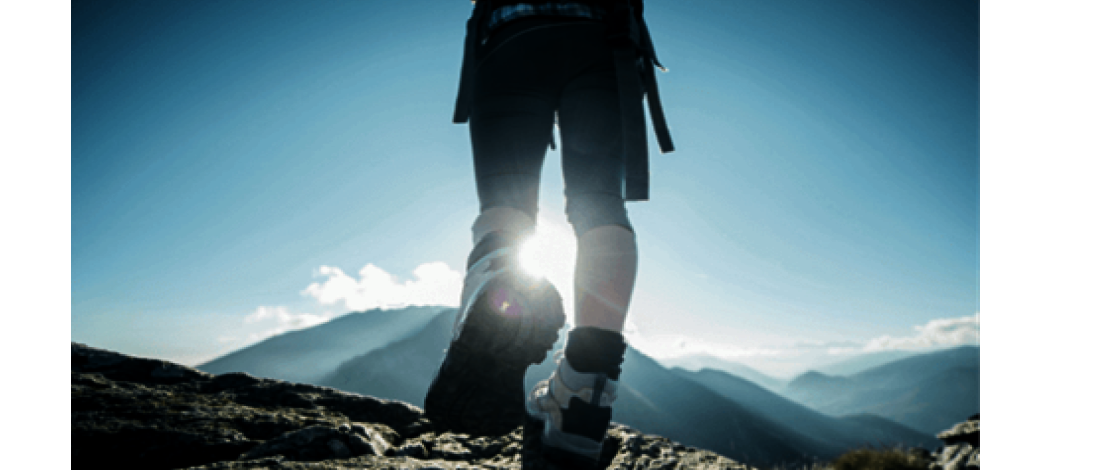Play it safe and strengthen your muscles: This will improve performance and reduce the incidence of strains and back or knee pain, making your next trip even more enjoyable.
Walking in steep and challenging terrain puts an enormous strain on the body. The entire day is spent climbing or descending and of course there is the little matter of having less oxygen at high altitudes. All in all, it drains your energy, making a certain resistance to fatigue essential. Before you depart for the day, you need more than just careful tour planning, the right clothing, equipment and enough provisions - you also need to train your muscles.
Without strong muscles, nothing works
If you fail to properly prepare your muscles, you fatigue more quickly. This can ruin your entire day since you can’t simply stop in the middle of nowhere for a break. If your muscles are fatigued you become less sure-footed and more likely to slip, turn your ankle, fall or injure yourself in some other way. In addition, you may develop very sore muscles at the end of the day and this can seriously screw up a multi-day tour. Similarly, back or knee pain during a trip can seriously reduce your enjoyment; this is often the result of muscle strain.
Benefits of stronger muscles
To enjoy your walking trip to the fullest, strengthen your muscles before you go. A special training program will increase performance and make everything that little bit easier – even if the climbs are long and steep. The program should consist primarily of exercises that strengthen the glutes, thigh and calf muscles. Each step will then be stronger; you will be more sure-footed and more resistant to fatigue. Strength training also helps strengthen the muscles that stabilise the joints. It can also strengthen the ligaments and tendons – although this takes a little longer.
Don’t forget to train the arms and shoulders. They are essential for walking, e.g. when using poles for support, roped up for safety reasons or when scrambling is required. In addition, if you are also carrying a heavy rucksack, you will be glad for your strong trunk muscles!






























